Home>Articles>How Do You Remove Calcium Deposits From A Bronze Faucet
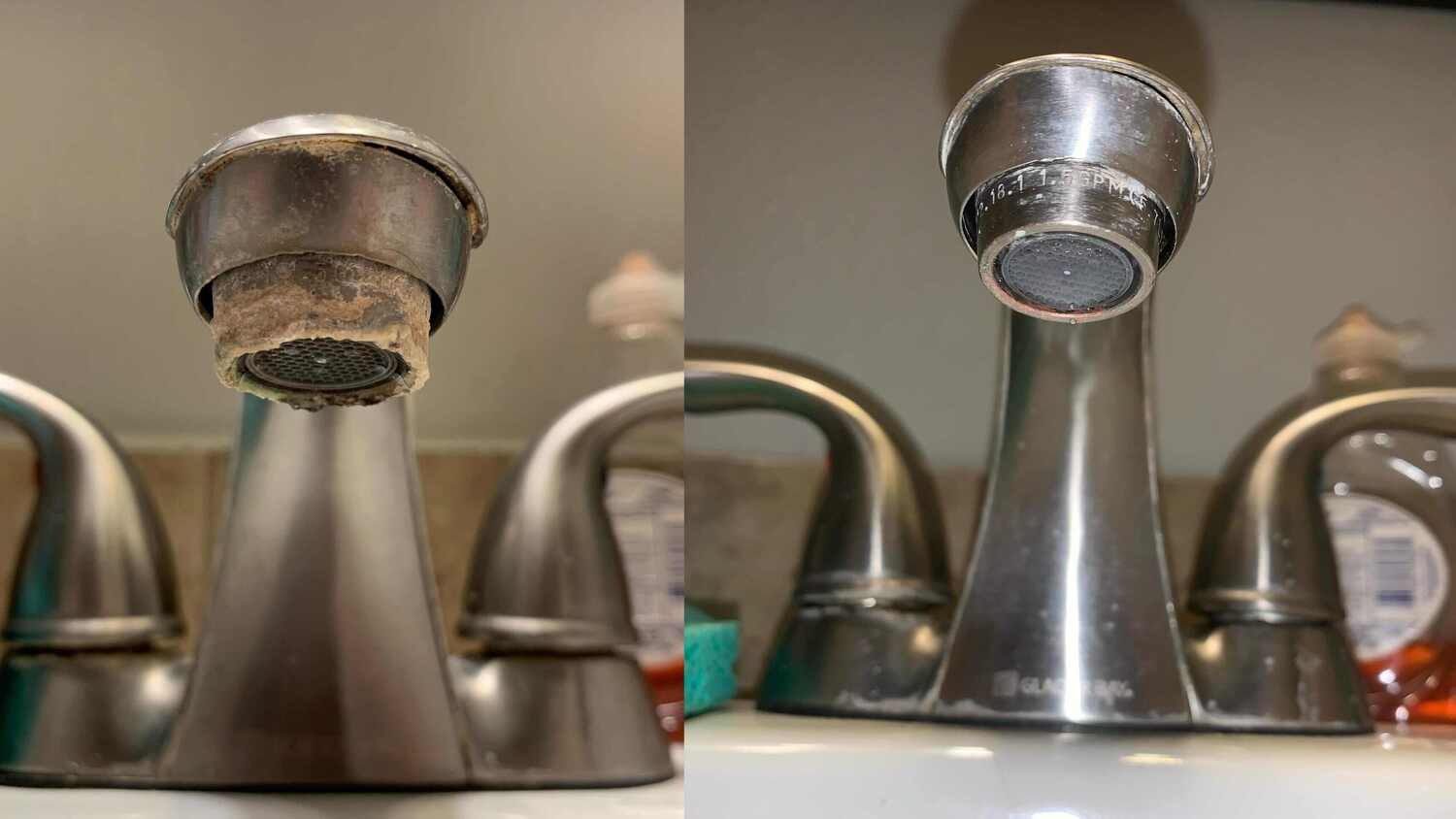

Articles
How Do You Remove Calcium Deposits From A Bronze Faucet
Modified: February 27, 2024
Learn effective methods to remove calcium deposits from a bronze faucet in this informative article. Say goodbye to stubborn mineral buildup and restore your faucet's shine.
(Many of the links in this article redirect to a specific reviewed product. Your purchase of these products through affiliate links helps to generate commission for Storables.com, at no extra cost. Learn more)
Introduction
Welcome to our guide on how to remove calcium deposits from a bronze faucet. Over time, calcium deposits can build up on the surface of your faucet, causing it to appear dull and tarnished. These deposits are commonly caused by mineral-rich water that leaves behind a residue when it evaporates. If left untreated, these calcium deposits can become more stubborn and difficult to remove.
Fortunately, there are several methods you can use to effectively remove calcium deposits from your bronze faucet. In this article, we will explore various techniques using household ingredients and commercial products. Whether you prefer natural remedies or store-bought solutions, you will find a method that suits your preferences and helps restore the shine to your bronze faucet.
Before diving into the different removal methods, it’s important to understand what causes calcium deposits to form. Mineral-rich water, particularly water with high levels of calcium and magnesium, can leave behind deposits when it evaporates. These deposits can accumulate over time, resulting in a white or yellowish crust on the surface of your bronze faucet.
Not only do calcium deposits make your bronze faucet look unappealing, but they can also affect its functionality. The build-up can obstruct the flow of water, leading to reduced water pressure or even clogged faucets. By proactively removing calcium deposits, you can maintain the aesthetic appeal and functionality of your faucet.
Now that we have a good understanding of the issue at hand, let’s move on to the materials you’ll need to successfully remove calcium deposits from your bronze faucet.
Key Takeaways:
- Say goodbye to calcium deposits on your bronze faucet with natural remedies like vinegar, lemon juice, and baking soda. Restore its shine and functionality with simple household ingredients.
- Exercise caution and follow precautions when removing calcium deposits to protect your bronze faucet. Test methods, wear gloves, and avoid harsh materials for safe and effective cleaning.
Understanding Calcium Deposits
Before you embark on the process of removing calcium deposits from your bronze faucet, it’s important to have a clear understanding of what calcium deposits are and why they form. Calcium deposits, also known as limescale or mineral deposits, are a result of minerals that are dissolved in water accumulating over time.
Mineral-rich water, especially water that contains high levels of calcium and magnesium, can leave behind a residue when it evaporates. This residue forms a hard, white or yellowish crust on the surface of surfaces such as faucets, sinks, and showerheads. Bronze faucets are particularly susceptible to calcium deposits due to their metallic composition.
The accumulation of calcium deposits not only affects the appearance of your bronze faucet, but it can also impact its functionality. As the deposits build up, they can obstruct the flow of water, leading to reduced water pressure or even complete blockages. This can be frustrating and inconvenient.
Calcium deposits can also be a sign of hard water, which is water that has a high mineral content. Hard water is common in many areas and can have several negative effects, including scaling, reduced appliance efficiency, and even skin and hair dryness.
Removing calcium deposits from your bronze faucet is essential to maintain its aesthetics and functionality. By understanding the underlying causes and taking proactive steps to remove the deposits, you can prevent further build-up and ensure your faucet continues to perform at its best.
Now that we have a solid understanding of calcium deposits, let’s move on to the materials you’ll need to successfully remove them from your bronze faucet.
Materials Needed
Before you begin the process of removing calcium deposits from your bronze faucet, it’s important to gather the necessary materials. Here’s a list of items you’ll need:
- Vinegar
- Lemon juice
- Baking soda
- A soft cloth or sponge
- Commercial calcium remover (optional)
- Sandpaper or steel wool (optional)
- A bucket or basin
- Protective gloves
- Water
These materials are easily accessible and affordable, making them the perfect tools for removing calcium deposits. Let’s take a closer look at each item and its role in the process:
Vinegar: Vinegar is a versatile household ingredient that can be used for various cleaning tasks. Its mild acidic properties make it effective in dissolving and removing calcium deposits. You can use either white vinegar or apple cider vinegar for this method.
Lemon juice: Lemon juice contains citric acid, which is a natural and powerful cleaner. It can effectively break down calcium deposits and restore the shine to your bronze faucet. Fresh lemon juice is preferred, but bottled lemon juice can also be used.
Baking soda: Baking soda, also known as sodium bicarbonate, is a gentle abrasive that can be used to scrub away stubborn calcium deposits. It helps to loosen the deposits and lift them off the surface of your faucet.
A soft cloth or sponge: A soft cloth or sponge is essential for applying the cleaning solutions and gently scrubbing the faucet. It’s important to use a non-abrasive cloth or sponge to avoid damaging the bronze finish.
Commercial calcium remover (optional): If natural remedies don’t yield satisfactory results, you may consider using a commercial calcium remover. These products are specifically designed to dissolve and remove tough calcium deposits. Follow the instructions on the product label for best results.
Sandpaper or steel wool (optional): In extreme cases of stubborn calcium deposits, you may need to use sandpaper or steel wool to gently buff the surface of your faucet. However, exercise caution as these abrasive materials can damage the bronze finish if not used carefully. Test in a small, inconspicuous area first.
A bucket or basin: Having a bucket or basin nearby will come in handy for collecting water or cleaning solutions during the removal process.
Protective gloves: Whenever you’re working with cleaning solutions or abrasive materials, it’s a good idea to wear protective gloves to protect your hands.
Water: You’ll need water for rinsing off the cleaning solutions and ensuring a clean, residue-free finish on your bronze faucet.
Now that you have all the necessary materials, you’re ready to delve into the different methods for removing calcium deposits from your bronze faucet. In the next sections, we will explore various techniques using these materials for optimal results.
Methods for Removing Calcium Deposits
There are several effective methods for removing calcium deposits from your bronze faucet. Whether you prefer natural remedies or commercial products, there’s a method that will suit your needs. Let’s explore these methods in detail:
Method 1: Vinegar Solution
This is a simple and cost-effective method that utilizes the power of vinegar to dissolve and remove calcium deposits. Here’s how to do it:
- Mix equal parts of vinegar and water in a bucket or basin.
- Submerge a soft cloth or sponge into the vinegar solution.
- Gently scrub the calcium deposits on your bronze faucet, making sure to cover all affected areas.
- Allow the vinegar solution to sit on the deposits for a few minutes to allow it to dissolve them.
- Rinse the faucet thoroughly with water to remove the vinegar residue.
- Dry the faucet with a clean cloth or towel.
Read more: How To Remove Calcium Deposits From Glass
Method 2: Lemon Juice and Baking Soda
This method combines the acidity of lemon juice with the abrasive power of baking soda to effectively remove calcium deposits. Follow these steps:
- Squeeze fresh lemon juice onto the affected areas of your bronze faucet.
- Sprinkle baking soda over the lemon juice to create a paste.
- Gently scrub the deposits with a soft cloth or sponge, using circular motions.
- Allow the lemon juice and baking soda paste to sit on the deposits for a few minutes.
- Rinse the faucet thoroughly with water to remove the paste.
- Dry the faucet with a clean cloth or towel.
Method 3: Commercial Calcium Removers
If the natural remedies haven’t provided satisfactory results, you may choose to use a commercial calcium remover. Follow the instructions on the product label for best results. Generally, the process involves applying the remover to the affected areas, allowing it to sit for the recommended time, and then rinsing it off with water.
Method 4: Sandpaper or Steel Wool
This method should only be used as a last resort for extreme cases of stubborn calcium deposits. Exercise caution as sandpaper or steel wool can damage the bronze finish if not used carefully. Here’s how to proceed:
- Gently rub the affected areas with fine-grit sandpaper or steel wool.
- Keep the pressure light and consistent to avoid scratching the bronze surface.
- Rinse the faucet thoroughly with water.
- Dry the faucet with a clean cloth or towel.
It’s important to note that the severity of the calcium deposits and the condition of your bronze faucet may impact the effectiveness of these methods. It may be necessary to repeat the process or try a combination of methods for optimal results.
Now that you’re familiar with the different methods for removing calcium deposits, it’s important to take some precautions to ensure the safety of your faucet. We’ll discuss these precautions in the next section.
Method 1: Vinegar Solution
Vinegar is a natural, acidic substance that is highly effective in dissolving and removing calcium deposits from bronze faucets. This method is simple, cost-effective, and safe to use. Follow these steps to remove calcium deposits using a vinegar solution:
- Mix equal parts of vinegar and water in a bucket or basin. You can use either white vinegar or apple cider vinegar.
- Submerge a soft cloth or sponge into the vinegar solution.
- Gently scrub the calcium deposits on your bronze faucet, making sure to cover all affected areas. Focus on areas where the deposits are most visible or thick.
- Allow the vinegar solution to sit on the deposits for a few minutes. This will give the vinegar time to dissolve the calcium deposits, making them easier to remove.
- Rinse the faucet thoroughly with water to remove the vinegar residue. Make sure to remove all traces of vinegar from the faucet.
- Dry the faucet with a clean cloth or towel to avoid any water spots or streaks.
When using the vinegar solution, it’s important to take some precautions. First, always wear protective gloves to protect your hands from the acidic nature of the vinegar. Additionally, be cautious when applying the vinegar solution to surfaces around the faucet, as the acidity of the vinegar may cause damage to certain materials, such as marble or granite countertops.
If you encounter stubborn calcium deposits that are not easily removed with the vinegar solution, you may need to repeat the process or try alternative methods. Remember to test any cleaning solution or method in a small, inconspicuous area first to ensure it doesn’t cause any damage or discoloration to your bronze faucet.
The vinegar solution method is an effective and eco-friendly way to remove calcium deposits from your bronze faucet. It’s a great option for those who prefer natural remedies and want to avoid using harsh chemicals. However, if this method doesn’t yield satisfactory results, you can explore other methods such as using lemon juice and baking soda or opting for commercial calcium removers.
Now that you’ve learned how to remove calcium deposits using a vinegar solution, let’s move on to the next method: lemon juice and baking soda.
Read more: How To Remove Lime Deposits From A Bathtub
Method 2: Lemon Juice and Baking Soda
Lemon juice and baking soda are two powerful natural ingredients that, when combined, can effectively remove calcium deposits from a bronze faucet. The acidic properties of lemon juice help break down the deposits, while the baking soda acts as a gentle abrasive to scrub them away. Follow these steps to use this method:
- Squeeze fresh lemon juice onto the areas of your bronze faucet that have calcium deposits. Ensure that the surface is well coated with lemon juice.
- Sprinkle a generous amount of baking soda over the lemon juice to create a paste. The paste should have a thick consistency that will stick to the surface of the faucet.
- Gently scrub the calcium deposits with a soft cloth or sponge, using circular motions. The abrasive texture of the baking soda will help loosen the deposits, while the lemon juice will break them down.
- Continue scrubbing until you see the deposits starting to dissolve and lift off the surface of your faucet. Pay extra attention to areas where the deposits are thicker or more stubborn.
- Allow the lemon juice and baking soda paste to sit on the deposits for a few minutes. This will give them more time to dissolve and for the cleaning action to take place.
- Rinse the faucet thoroughly with water to remove the paste and any loosened deposits. Make sure to rinse off all traces of the lemon juice and baking soda.
- Dry the faucet with a clean cloth or towel to prevent water spots or streaks from forming.
When using lemon juice and baking soda, it’s important to exercise caution. Lemon juice can have a corrosive effect on certain materials, so be careful not to apply it to any surfaces that may be sensitive to acidity, such as marble or granite countertops.
If the calcium deposits on your bronze faucet are particularly stubborn, you may need to repeat the process or try alternative methods. Remember to always test any cleaning solution or method in a small, inconspicuous area first to ensure it doesn’t cause any damage or discoloration to your faucet.
The combination of lemon juice and baking soda offers a natural and effective solution for removing calcium deposits from your bronze faucet. It’s a great option for those who prefer using common household ingredients rather than harsh chemicals. However, if this method doesn’t provide the desired results, you can explore other methods like using a vinegar solution or opting for commercial calcium removers.
Now that you’ve learned how to remove calcium deposits using lemon juice and baking soda, let’s move on to the next method: commercial calcium removers.
Method 3: Commercial Calcium Removers
If natural remedies haven’t provided satisfactory results or if you’re dealing with stubborn calcium deposits on your bronze faucet, you may consider using a commercial calcium remover. These products are specifically formulated to dissolve and remove tough mineral deposits, including calcium. Follow these general steps when using a commercial calcium remover:
- Read and carefully follow the instructions on the product label. Each commercial calcium remover may have specific usage guidelines and precautions.
- Apply the calcium remover directly to the affected areas of your bronze faucet. You may use a brush or a soft cloth to spread the product evenly.
- Allow the remover to sit on the deposits for the recommended amount of time. This will allow the product to penetrate and dissolve the calcium deposits.
- Gently scrub the deposits with a soft brush or sponge, if recommended by the product instructions. This will help loosen any remaining deposits and aid in their removal.
- Rinse the faucet thoroughly with water to remove the calcium remover and any loosened deposits. Make sure to rinse off all traces of the product.
- Dry the faucet with a clean cloth or towel to prevent any water spots or streaks.
When using a commercial calcium remover, it’s important to follow the manufacturer’s instructions closely. These products may contain strong chemicals, so it’s essential to take the necessary precautions to protect yourself and your surroundings. Be sure to wear protective gloves and work in a well-ventilated area.
It’s always a good idea to test the commercial calcium remover in a small, inconspicuous area first to ensure it doesn’t cause any damage or discoloration to your bronze faucet. If you’re uncertain about a particular product or its compatibility with your faucet, consider consulting a professional or contacting the manufacturer for guidance.
Commercial calcium removers can be highly effective for tough calcium deposits, but they should be used judiciously and as a last resort. It’s important to weigh the potential risks and benefits of using such products and consider natural alternatives before opting for commercial solutions.
Now that you’ve learned about using commercial calcium removers, let’s move on to the next method: using sandpaper or steel wool (only for extreme cases).
Method 4: Sandpaper or Steel Wool
Note: This method should only be used as a last resort for extreme cases of stubborn calcium deposits on your bronze faucet. Exercise caution as sandpaper or steel wool can scratch or damage the bronze surface if not used carefully. Test in a small, inconspicuous area first.
If the calcium deposits on your bronze faucet are particularly stubborn and resistant to other cleaning methods, you may try using sandpaper or steel wool to gently buff the surface. This method requires careful handling to avoid scratching or damaging the bronze finish. Follow these steps:
- Choose a fine-grit sandpaper or fine-grade steel wool. Avoid using coarse or abrasive materials that can cause more harm than good.
- Moisten the sandpaper or steel wool with water to create a gentle abrasive surface.
- Gently rub the affected areas of your bronze faucet with the sandpaper or steel wool. Use light pressure and circular motions to buff away the calcium deposits.
- Keep the surface wet with water as you work to prevent any friction that could damage the bronze.
- Rinse the faucet thoroughly with water to remove any residue or particles from the sandpaper or steel wool.
- Dry the faucet with a clean cloth or towel to avoid any water spots or streaks.
It’s crucial to exercise caution and be gentle when using sandpaper or steel wool on your bronze faucet. Apply only light pressure and avoid using excessive force. Remember to always test in an inconspicuous area first to ensure that the method doesn’t cause any damage or discoloration.
While this method can be effective for stubborn calcium deposits, it’s important to note that it may require additional care and maintenance to restore the luster and protective coating of the bronze. Consider applying a bronze wax or sealant after removing the calcium deposits to protect the surface and maintain its shine.
Overall, it’s advisable to exhaust all other methods and options before resorting to sandpaper or steel wool. It’s best to consult a professional or seek expert advice if you’re unsure about using these abrasive materials on your bronze faucet.
Now that you’ve learned about the different methods for removing calcium deposits from your bronze faucet, it’s important to proceed with caution and take appropriate precautions to avoid any damage. In the next section, we’ll discuss some general precautions to keep in mind.
Precautions to Take
When removing calcium deposits from your bronze faucet, it’s important to take some precautions to ensure the process is safe and effective. Here are some general precautions to keep in mind:
Read more: How To Remove Mineral Deposits From Glass
1. Read and Follow Instructions
Whether you’re using a vinegar solution, lemon juice and baking soda, a commercial calcium remover, or sandpaper/steel wool, always read and follow the instructions provided. Different methods and products may have specific guidelines and precautions that you need to be aware of.
2. Test in a Small Area
Before applying any cleaning solution or using abrasive materials, it’s crucial to test the method or product in a small, inconspicuous area of your bronze faucet. This will help you determine if there are any adverse reactions or damage that may occur. If there are no negative effects, you can proceed with the cleaning on a larger scale.
3. Wear Protective Gloves
When working with cleaning solutions, commercial removers, or abrasive materials, it’s a good idea to wear protective gloves. This will protect your hands from any potential skin irritations or reactions caused by the chemicals or rough surfaces.
4. Avoid Harsh or Abrasive Materials
Avoid using harsh or abrasive materials that can scratch or damage the surface of your bronze faucet. Opt for soft cloths, sponges, or non-abrasive scrubbers to gently remove the calcium deposits. If you need to use sandpaper or steel wool, choose a fine-grit option and be extremely cautious to prevent any harm to the bronze finish.
5. Protect Surrounding Surfaces
When applying any cleaning solution or using abrasive materials, be mindful of the surrounding surfaces. Some products or methods may cause damage or discoloration to materials like marble or granite. Take precautions to cover and protect these surfaces before starting the cleaning process.
6. Rinse Thoroughly
After using any cleaning solution or abrasive materials, thoroughly rinse your bronze faucet with water. This will ensure that all traces of the cleaning agents and loose deposits are removed. Any residues left behind can potentially damage the bronze surface or leave marks.
7. Dry Carefully
Once your faucet is clean and rinsed, make sure to dry it carefully with a clean cloth or towel. This will help prevent water spots and streaks from forming on the surface. Additionally, drying the faucet ensures that it is not left wet, which can contribute to future mineral deposits.
By taking these precautions, you can safely and effectively remove calcium deposits from your bronze faucet without causing any damage. Remember to always prioritize the long-term well-being and appearance of your faucet, and consider consulting with a professional if you have any concerns or uncertainties.
Now that you’re equipped with the necessary knowledge and precautions, you can confidently remove calcium deposits from your bronze faucet and restore its original shine and beauty.
To conclude, we’ve explored different methods, including vinegar solutions, lemon juice and baking soda, commercial calcium removers, and sandpaper/steel wool. Each method has its own benefits and considerations. It’s essential to choose the method that best suits your needs while being mindful of the precautions to ensure a successful outcome.
Conclusion
Removing calcium deposits from a bronze faucet is an essential task to maintain its appearance and functionality. Through this comprehensive guide, we’ve explored various methods and precautions to effectively remove these stubborn deposits.
Understanding the nature of calcium deposits and their impact on bronze faucets is crucial. With knowledge of their formation and the risks they pose, you can take proactive steps to prevent further build-up and keep your faucet looking its best.
The methods we’ve discussed offer a range of options to tackle calcium deposits. The vinegar solution harnesses the power of acidity, while the combination of lemon juice and baking soda provides a natural and effective remedy. Commercial calcium removers offer specialized formulations, and sandpaper/steel wool, though a last resort, can be effective for extreme cases.
As you embark on the process of removing calcium deposits, it’s important to follow the precautions provided. Reading and following instructions, testing in a small area, wearing protective gloves, and using gentle materials are all crucial steps to ensure a safe and successful outcome.
By taking the time to remove calcium deposits and restore your bronze faucet, you not only improve its appearance but also enhance its functionality and longevity. Regular maintenance and cleaning will help prevent future build-up and ensure your faucet remains in optimal condition for years to come.
Remember, each bronze faucet is unique, and there may be variations in the condition and severity of calcium deposits. It’s important to adapt and adjust methods based on your specific situation. If you have any concerns or uncertainties, it’s always worthwhile to seek professional advice.
We hope this guide has provided you with the knowledge and confidence to successfully remove calcium deposits from your bronze faucet. By following the methods and precautions outlined, you’ll be able to restore the beauty and shine of your faucet and enjoy its functionality for years to come.
Good luck with your calcium deposit removal journey, and may your bronze faucet regain its luster!
Frequently Asked Questions about How Do You Remove Calcium Deposits From A Bronze Faucet
Was this page helpful?
At Storables.com, we guarantee accurate and reliable information. Our content, validated by Expert Board Contributors, is crafted following stringent Editorial Policies. We're committed to providing you with well-researched, expert-backed insights for all your informational needs.
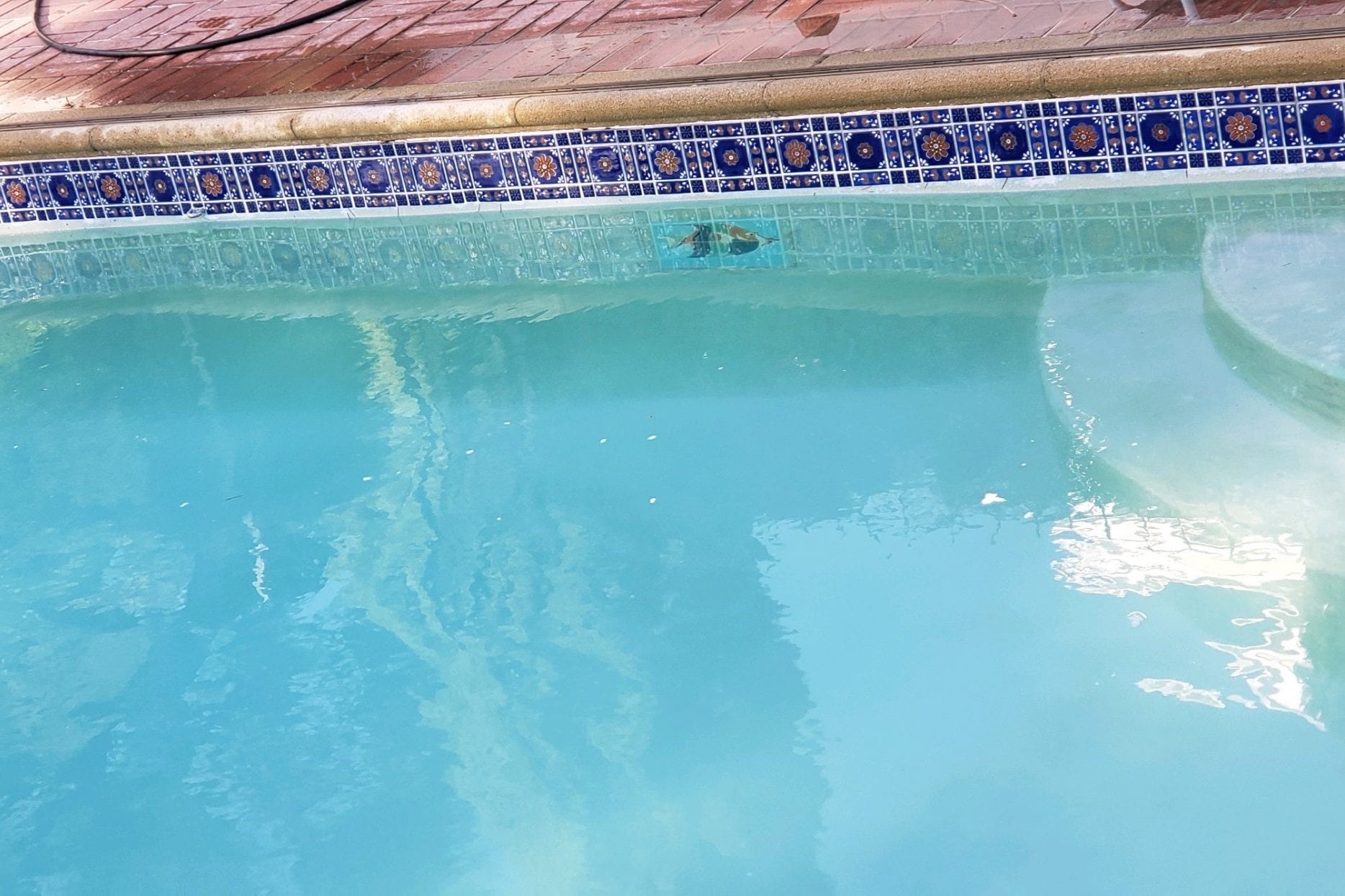
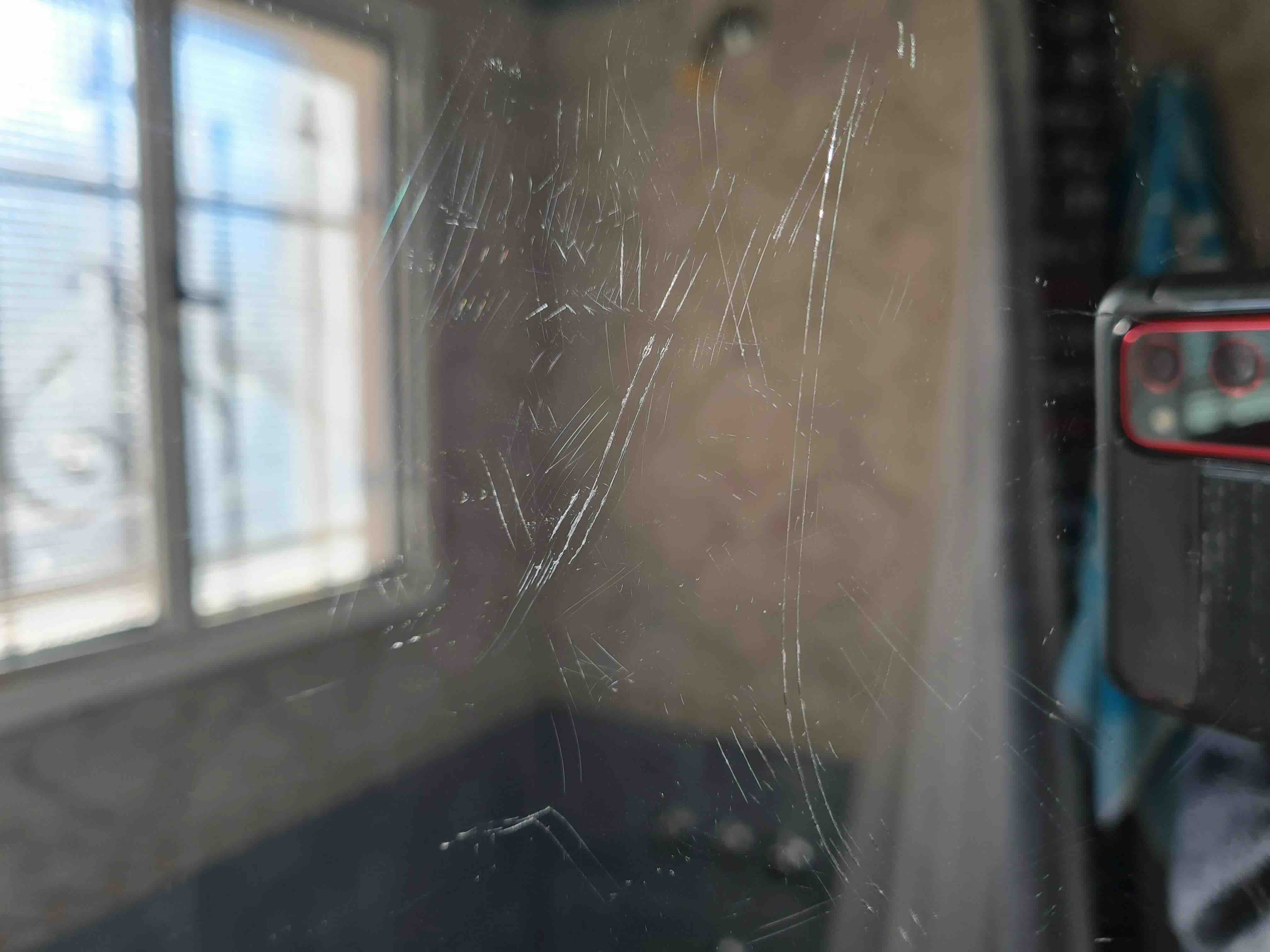
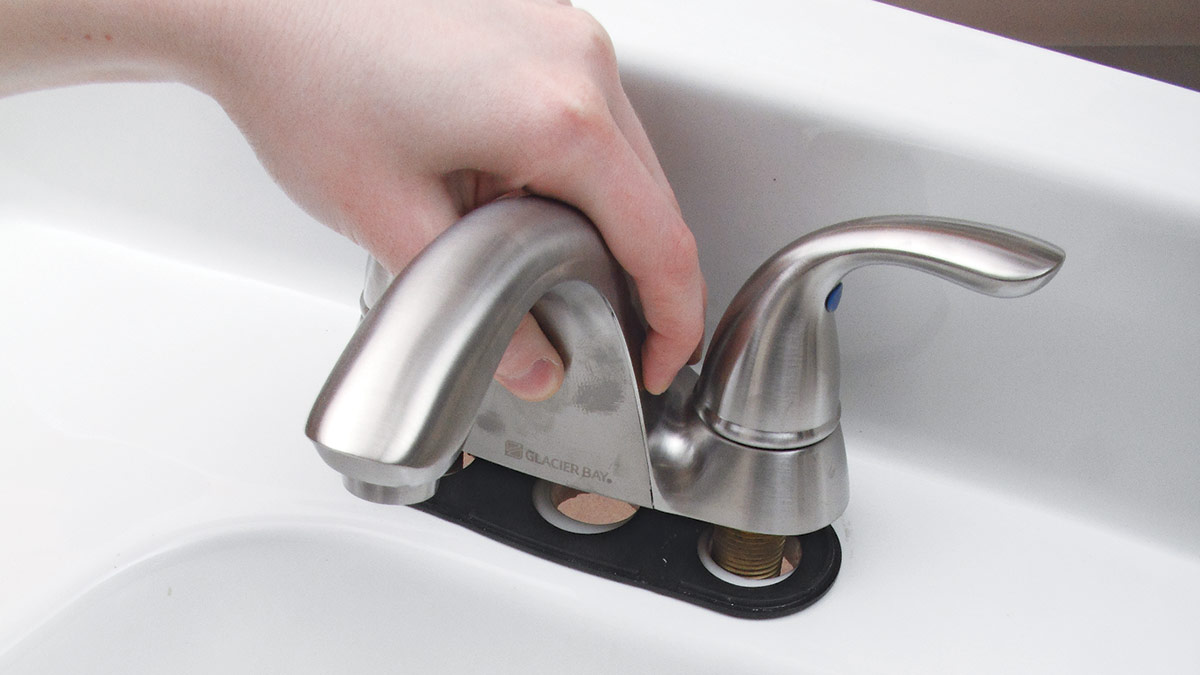
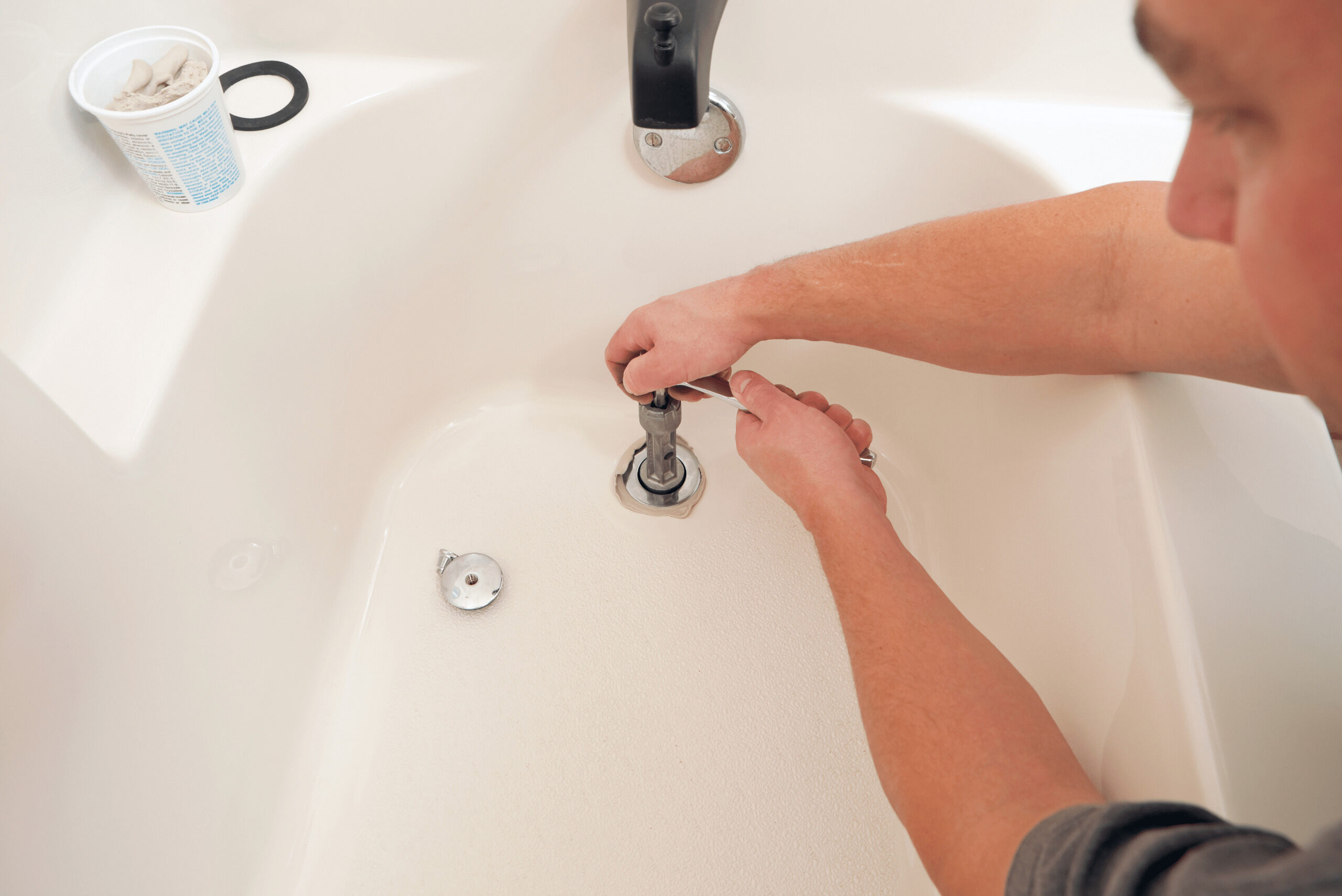
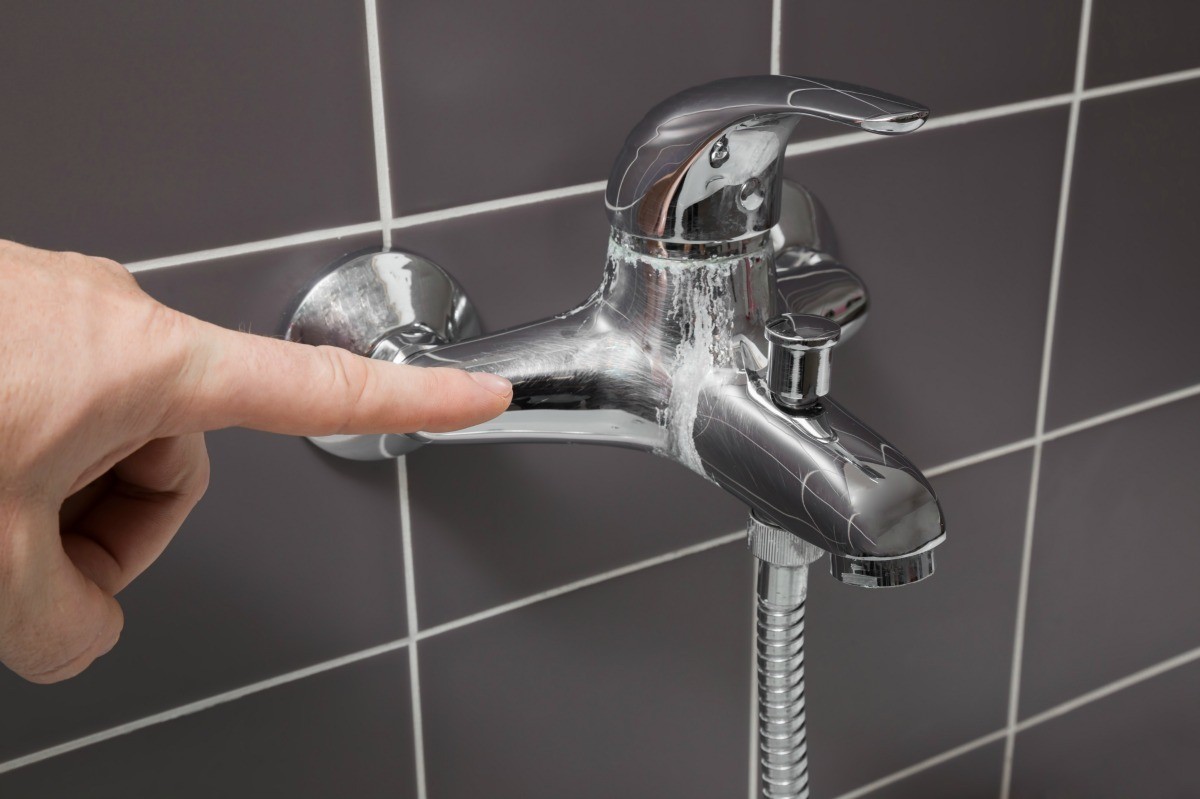
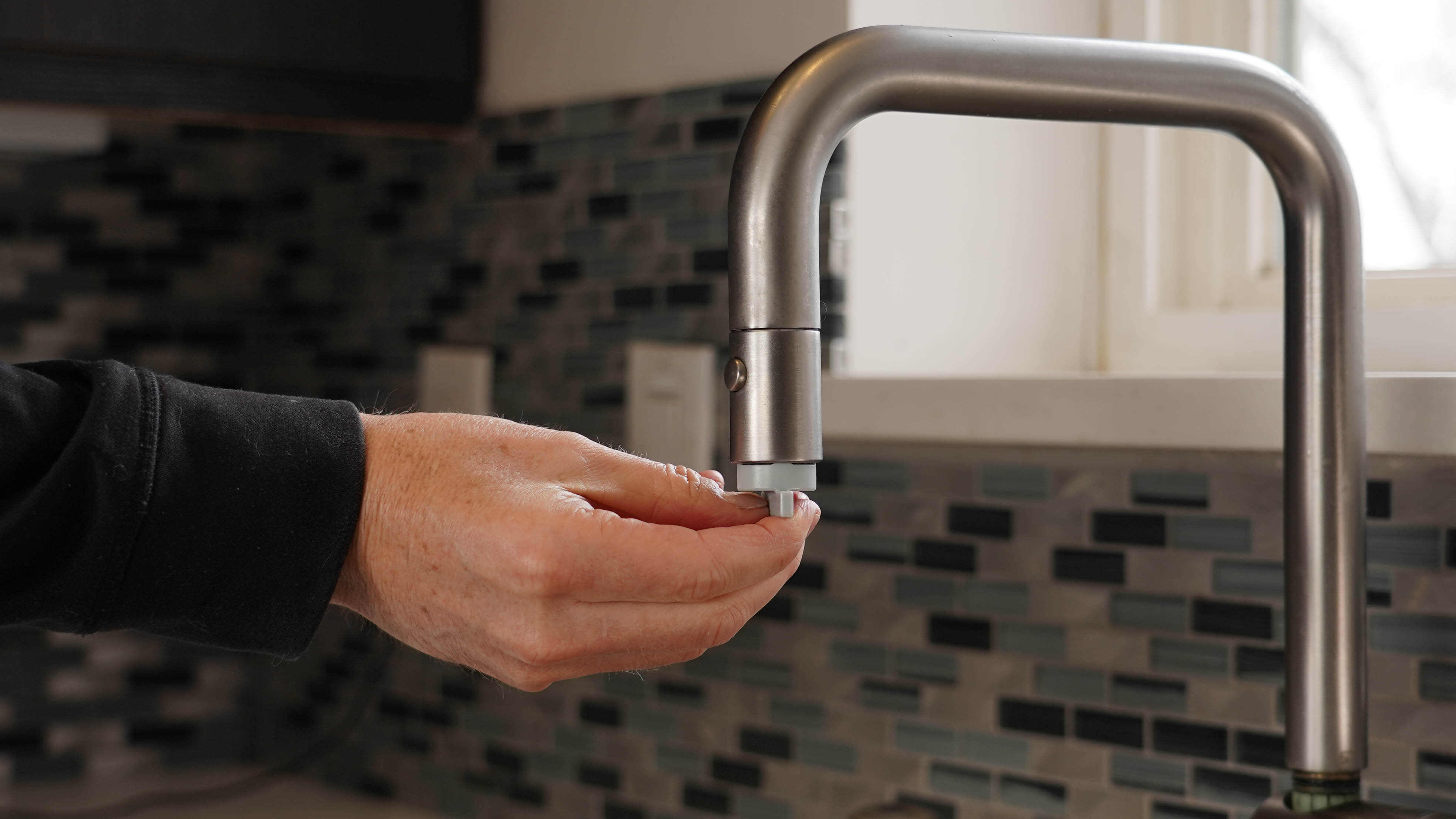
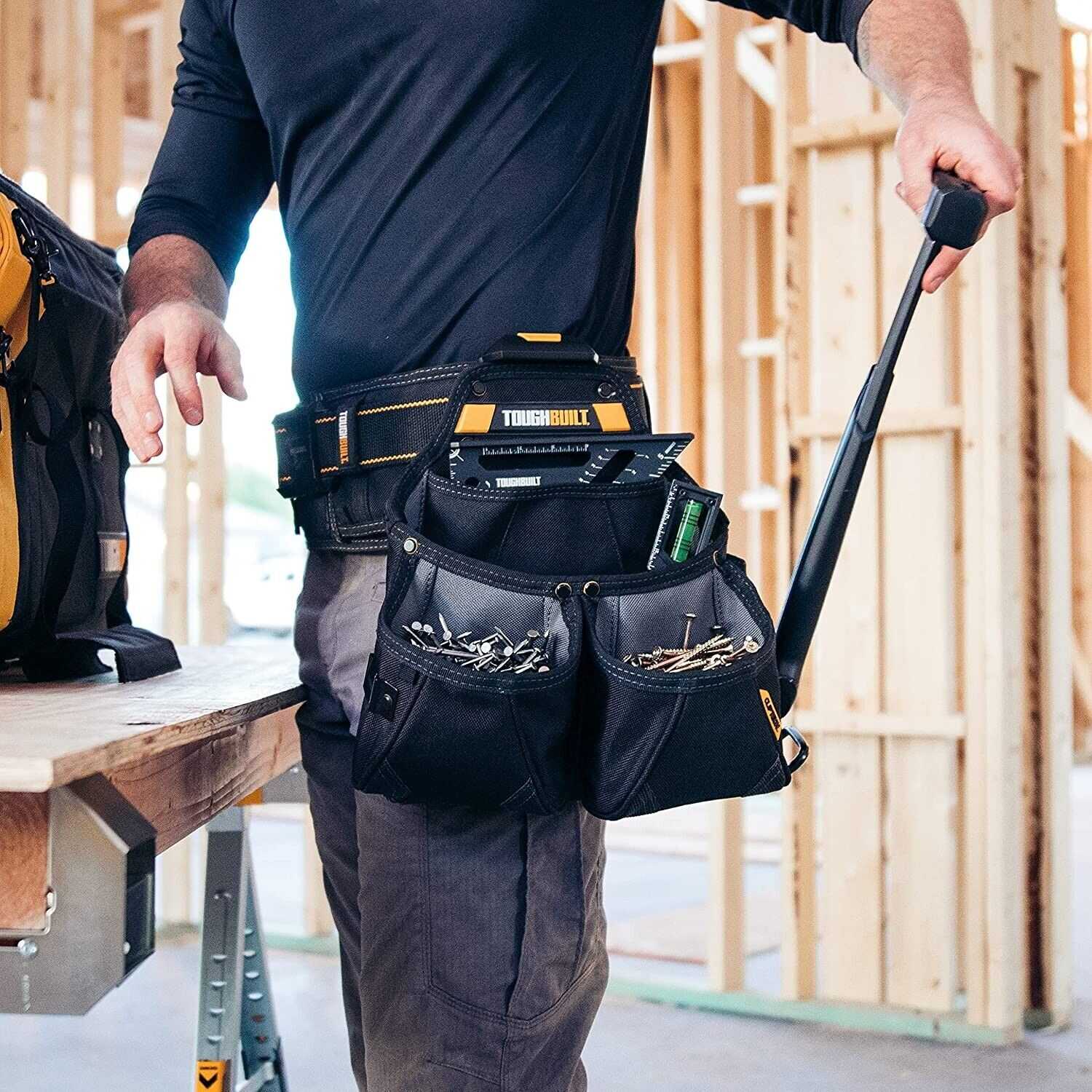
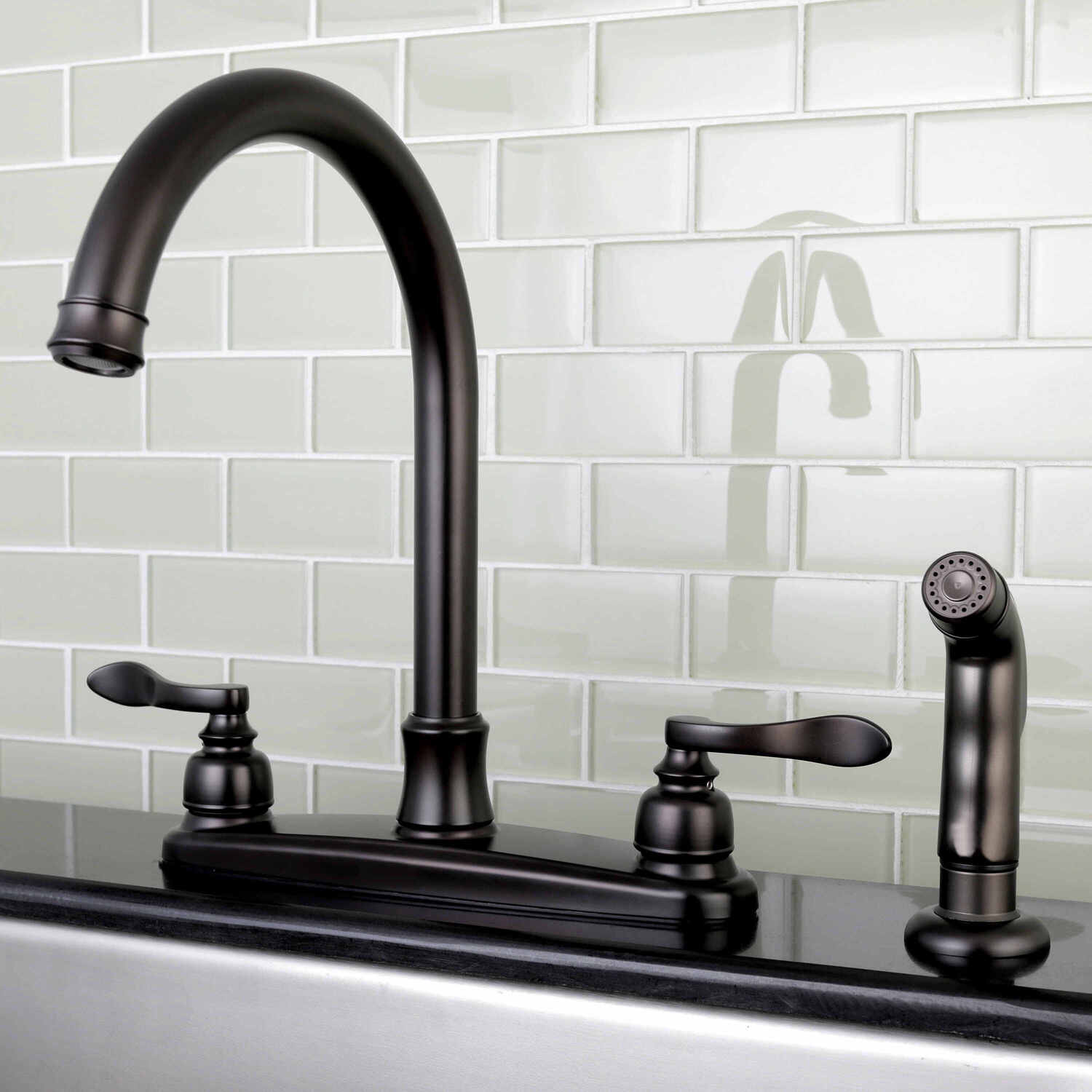
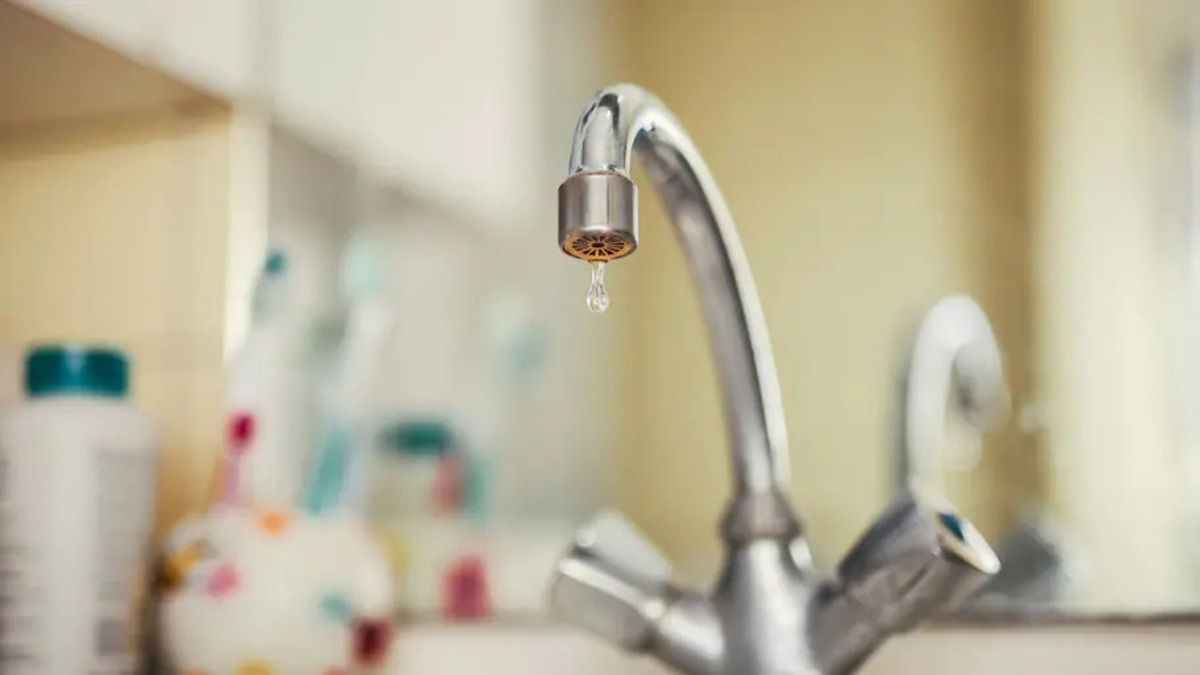
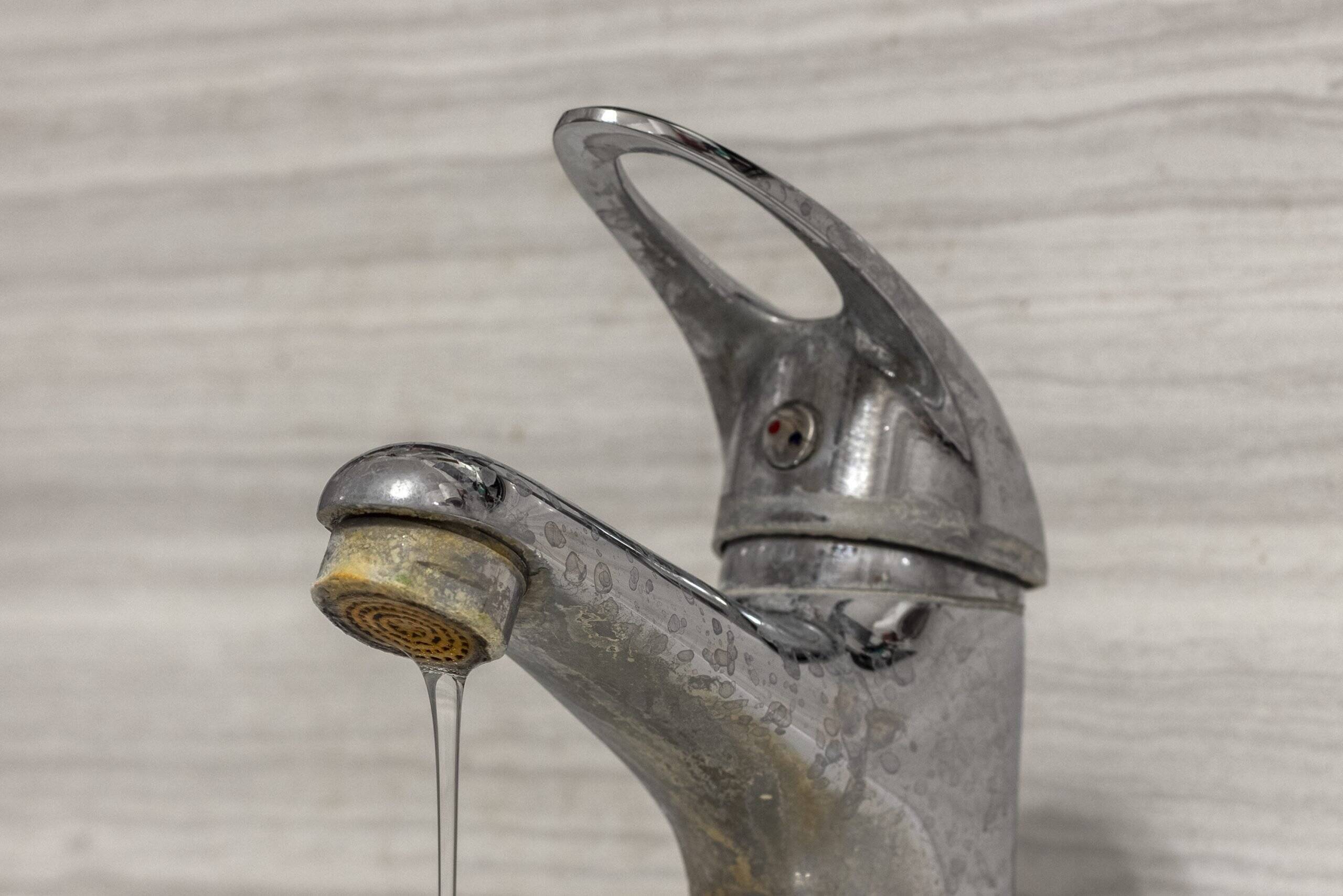
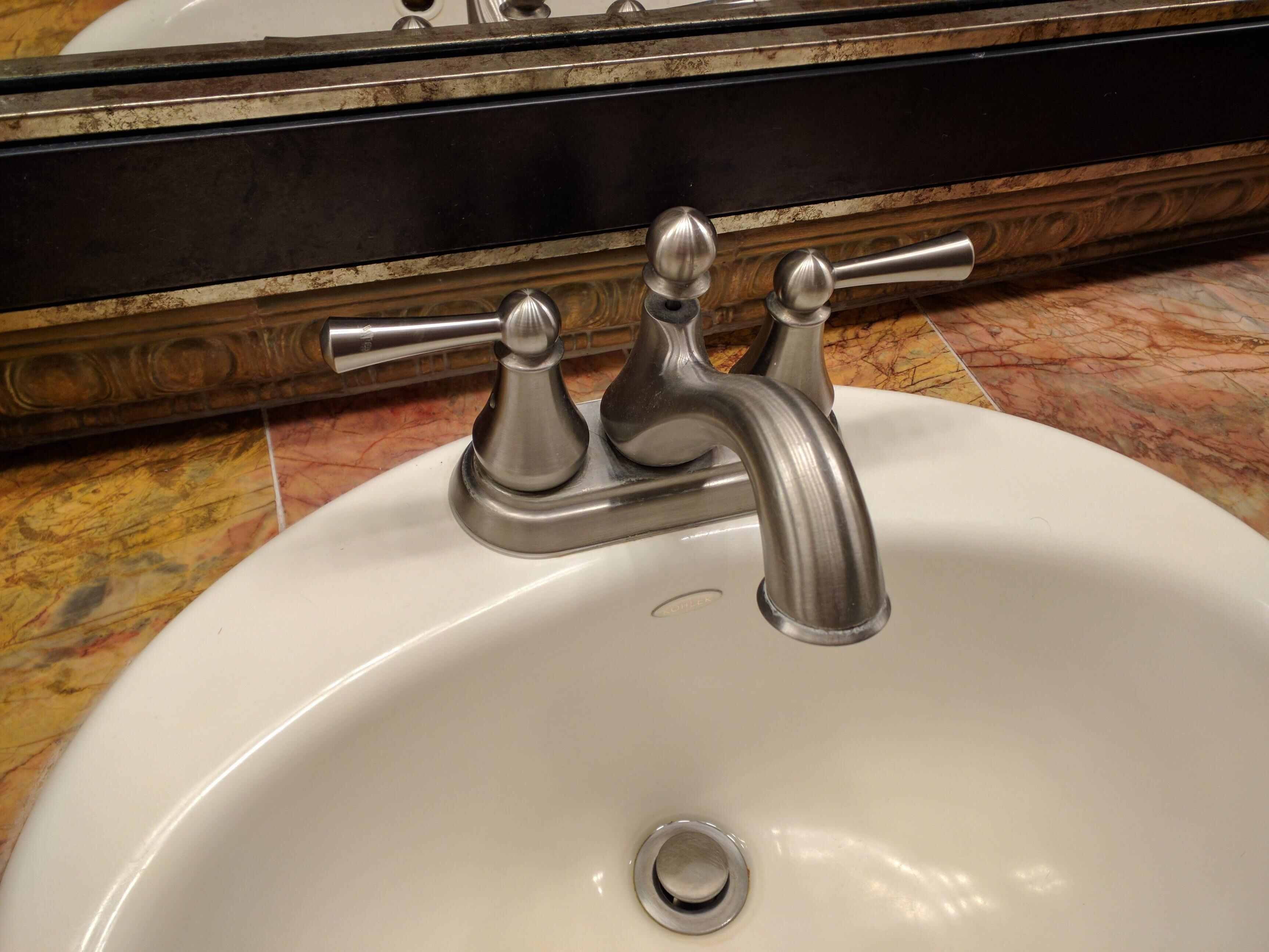

0 thoughts on “How Do You Remove Calcium Deposits From A Bronze Faucet”